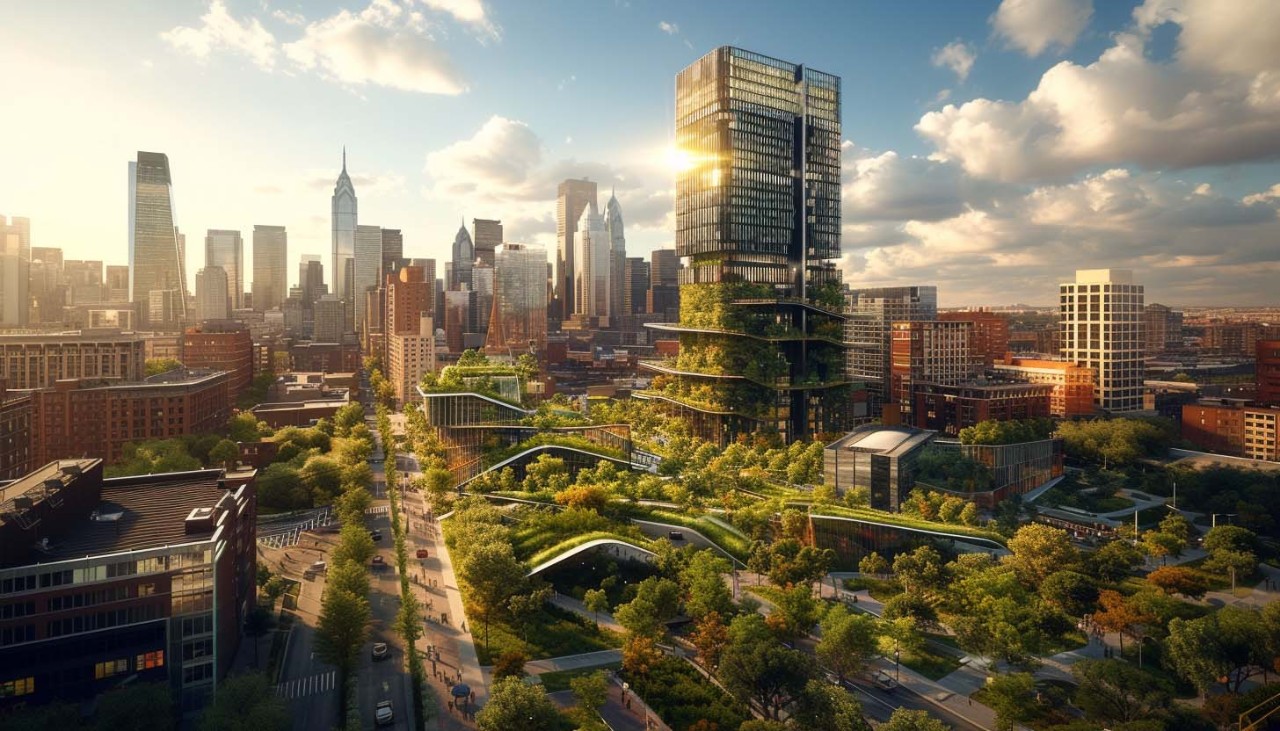The times, they are a changin’ — and not necessarily for the better. Climate change, social inequities, rapid urbanization, and health disparities all have a direct impact on the health and wellbeing of city dwellers.
Thomas Jefferson University’s Institute for Smart and Healthy Cities is addressing those challenges in order to create a better future for those who live, work, and travel through urban areas. The Institute is a collaborative and transdisciplinary effort among the College of Architecture and the Built Environment (CABE), the College of Population Health, and the Kanbar College of Design, Engineering and Commerce.
“Our overarching goal is to transform cities into environments that actively support human health, equity, and ecological sustainability,” says Edgar Stach, PhD, director of the Institute. “We approach these objectives with interdisciplinary research, community-based engagement, education, and technological innovation.”
The Institute brings together experts in architecture, design, public health, urban planning, engineering, and data science to address complex urban challenges.




